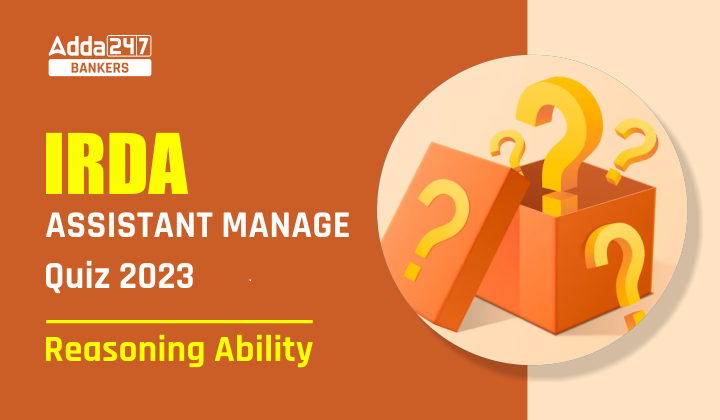Directions (1-5): In the following questions assuming the given statement to be true, find which of the conclusion(s) is/are definitely true and then give your answers accordingly.
Q1. Statements: J < C; A < W ≤ Q; D < O < W; D > C
Conclusions: I. J < W
II. D < Q
(a) Only I is true
(b) Only II is true
(c) Either I or II is true
(d) Neither I nor II is true
(e) Both I and II are true
Q2. Statements: R ≤ D = E; A < Q = R; D < U < V; W > V
Conclusions: I. A < U
II. W > R
(a) Only I is true
(b) Only II is true
(c) Either I or II is true
(d) Neither I nor II is true
(e) Both I and II are true
Q3. Statements: U < O = K; Z = D ≤ A ≤ F; D ≤ O
Conclusions: I. F ≥ K
II. Z ≤ O
(a) Only I is true
(b) Only II is true
(c) Either I or II is true
(d) Neither I nor II is true
(e) Both I and II are true
Q4. Statements: K > Q ≤ U = H, T < P ≥ K < J
Conclusions: I. K > H
II. P > Q
(a) Only I is true
(b) Only II is true
(c) Either I or II is true
(d) Neither I nor II is true
(e) Both I and II are true
Q5. Statements: G = H ≤ I < R, H < T = U
Conclusions: I. U > G
II. R < T
(a) Only I is true
(b) Only II is true
(c) Either I or II is true
(d) Neither I nor II is true
(e) Both I and II are true
Directions (6-10): Answer the questions based on the information given below:
Ten persons sit in two parallel rows in such a way that in row 1- S, T, U, V and W sit face south while in row 2 – M, N, P, Q and R face north. Persons sit in row 1 face the persons who sits in row 2 and vice versa.
One person sits to the left of T. S sits 2nd to the right of W who faces M. P sits immediate left of the person who faces T. Q sits to the right of N who doesn’t face U. R sits 2nd to the left of P.
Q6. Four of the following five are alike in a certain way and hence form a group. Who among the one doesn’t belong to that group?
(a) U
(b) R
(c) M
(d) V
(e) W
Q7. Who among the following sits immediate right of T?
(a) U
(b) S
(c) V
(d) W
(e) Either S or U
Q8. Who among the following sits opposite to V?
(a) P
(b) S
(c) N
(d) Q
(e) Either S or N
Q9. How many persons sit between R and M?
(a) One
(b) Two
(c) Three
(d) Either two or three
(e) None of the above
Q10. Which among the following pair doesn’t sit at the extreme ends?
(a) U, M
(b) W, R
(c) V, M
(d) W, U
(e) R, M
Solutions
Solution (1-5):
S1. Ans. (e)
Sol. I. J < W – True
II. D < Q – True
S2. Ans. (e)
Sol. I. A < U – True
II. W> R – True
S3. Ans. (b)
Sol. I. F ≥ K – False
II. Z ≤ O – True
S4. Ans. (b)
Sol. I. K > H – False
II. P > Q – True
S5. Ans. (a)
Sol. I. U > G – True
II. R < T – False






 GA Capsule for SBI Clerk Mains 2025, Dow...
GA Capsule for SBI Clerk Mains 2025, Dow...
 The Hindu Review October 2022: Download ...
The Hindu Review October 2022: Download ...
 ECGC PO Scorecard 2025 Out, Check Marks
ECGC PO Scorecard 2025 Out, Check Marks




